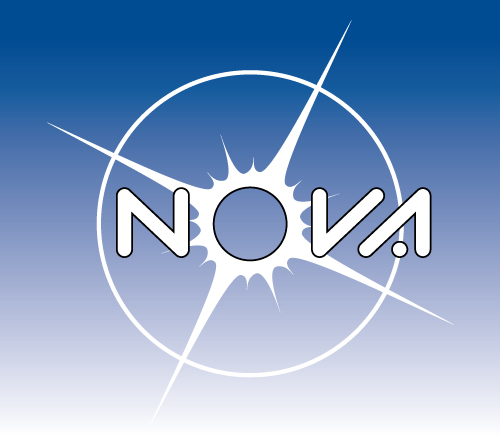MUSE - Multi-Unit Spectroscopic Explorer

Work based on MUSE observations should cite the paper Bacon et al., SPIE 7735, 7 (2010).
Work using the Adaptive Optics Facility (AOF) should cite the papers: Strobele et al. (2012), and Arsenault et al. (2008).
Summary
The following items are available on all the MUSE pages, using the bar on the left.
- Overview: a short description of the instrument
- News: list of changes affecting the instrument and/or its pages.
- Instrument Description: all the important parameters of the instrument.
- Manuals: links to all the documents related to MUSE.
- Tools: a collection of useful tools and informations for preparing and analyzing the MUSE observations.
- Instrument Operations Team
- Visitor Instructions: Instrument specific instructions for Visiting Astronomers
- Science: Science done with MUSE, incl. during Science Verification
Contact Information
- Questions related to proposal preparation, service mode, and visitor mode observations should be addressed via the contact form at ESO Operations Helpdesk.
- Please, send us your general feedback, comments, suggestions, or report errors and inaccurate statements in the web pages and manuals also via this contact form.





